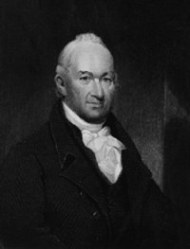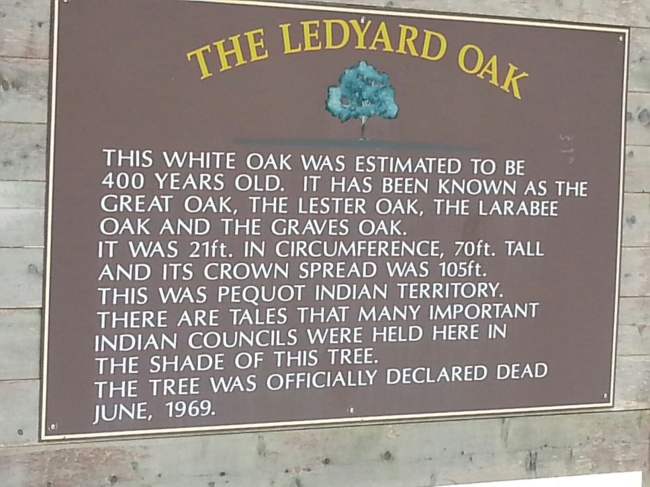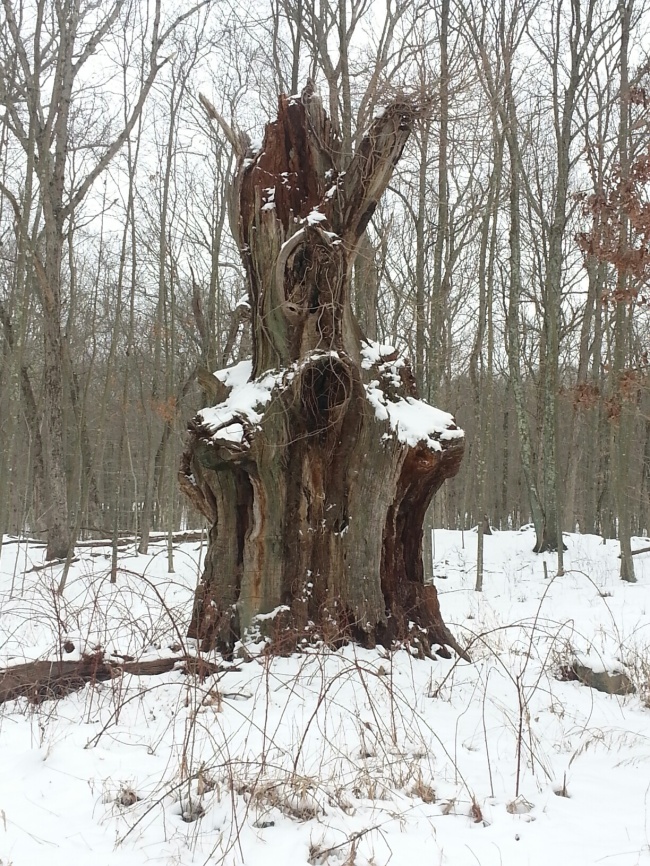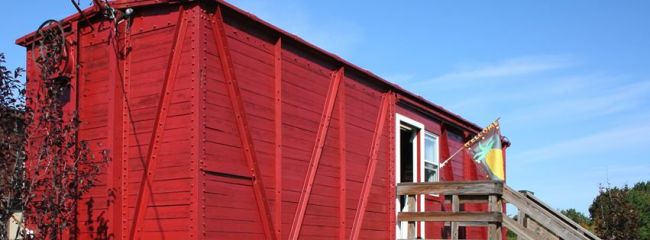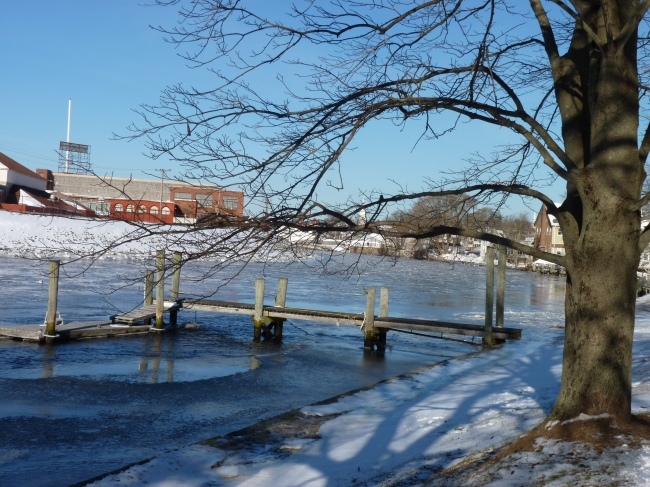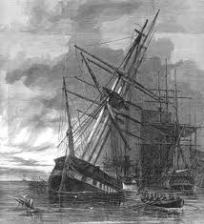
(Photo: Jody Dole)
If water could speak in a language we understood, what a tale the mighty Connecticut River could tell. For starters, it just might point out there are two significant anniversaries this year that involve it.
It might note that it is the largest river in New England, one that begins a 410-mile run to the open waters of Long Island Sound from modest beginnings in Pittsburg, New Hampshire, some 300 yards from the Canadian border.
It would tell about the history that has grown up around it, and if in an expansive mood, it might even point out that it is one of a few in the U.S. to have been designated an American Heritage River. The mighty Connecticut might even be coaxed into relating how the Nature Conservancy has named its tidelands one of the Western Hemisphere’s “40 Last Great Places.” Well, maybe not since through history the Connecticut River has been content to let its actions speak for it.
Also speaking for it these days is the Connecticut River Museum in historic Essex. It is devoted to sharing the river’s past, present and future in colorful and interesting ways.
Visitors to the museum can learn about those important anniversaries: How in 1614 Adraien Block, the Dutch explorer, became the first European to map the river that runs right by the museum, and two hundred years later how the British during the War of 1812 came up the river in the dead of night and burned about two dozen American ships located at and near the what is now the museum site.
They can inspect a copy of the Turtle, the world’s first submarine documented to have been used in combat that was invented by David Bushnell of nearby Old Saybrook, and used in New York harbor during the Revolutionary War.
At different times of the year, museum visitors can cruise the Connecticut River on the historic schooner Mary E, enjoying the river’s natural beauty during the warm weather months and in February getting a look at the majestic bald eagles as they winter nearby.
Those and many other delights await visitors to the Connecticut River Museum.

